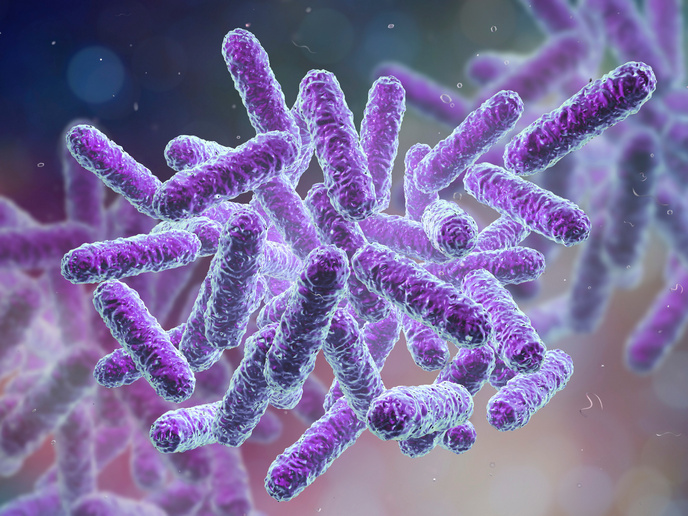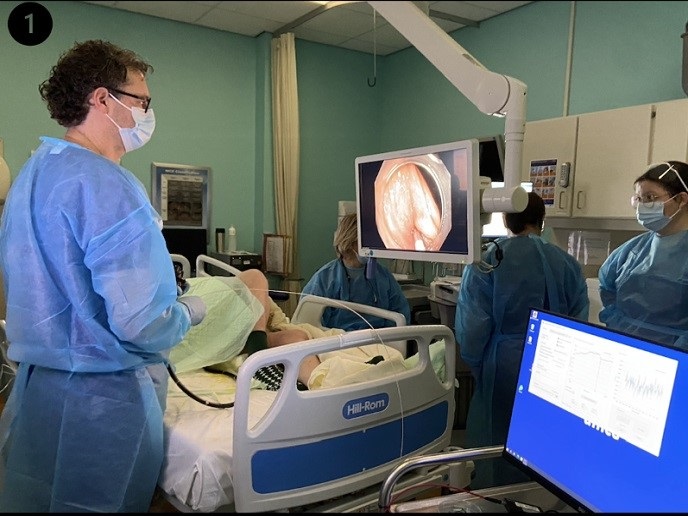Chimeric probes for cancer imaging
The overreaching goal of the EU-funded CHIMERA (Binding-activated fluorescent DNA/peptide chimeric probes for cancer imaging) project was the development and optimisation of imaging tools for tumour detection through a multidisciplinary exchange of knowledge and expertise. CHIMERA’s research objective focused on the development of nature-inspired DNA/peptide chimeric probes for cancer imaging. Partners designed, engineered and optimised specific biomolecular nanoparticles that undergo binding-induced conformational changes upon target binding and signal the presence of the cancer marker. The educational goal of the project included collaborative effort with training of the participating scientists in crucial aspects of DNA biosensors and nanotechnologies and cancer imaging in vitro and in vivo. The development of DNA/peptide chimeric nanoswitches required specific expertise and the exchange of knowledge as well as training of the visiting scientists by experienced researchers. The training involved each aspect of DNA/peptide chimeric probe synthesis for cancer imaging. In the end, this project facilitated productive long-term collaboration among the international research teams. During the project’s 36-month duration, 15 participating researchers obtained complex training in several important techniques. These included spectroscopic and imaging analysis, phage display-related techniques (in vitro, ex vivo and in vivo), and training in DNA prediction software such as m-fold. The visiting researchers achieved important scientific results and their impact for the project cannot be overestimated. The high quality of the results was demonstrated by publications in high-impact peer-reviewed journals and presentations at several international conferences.







